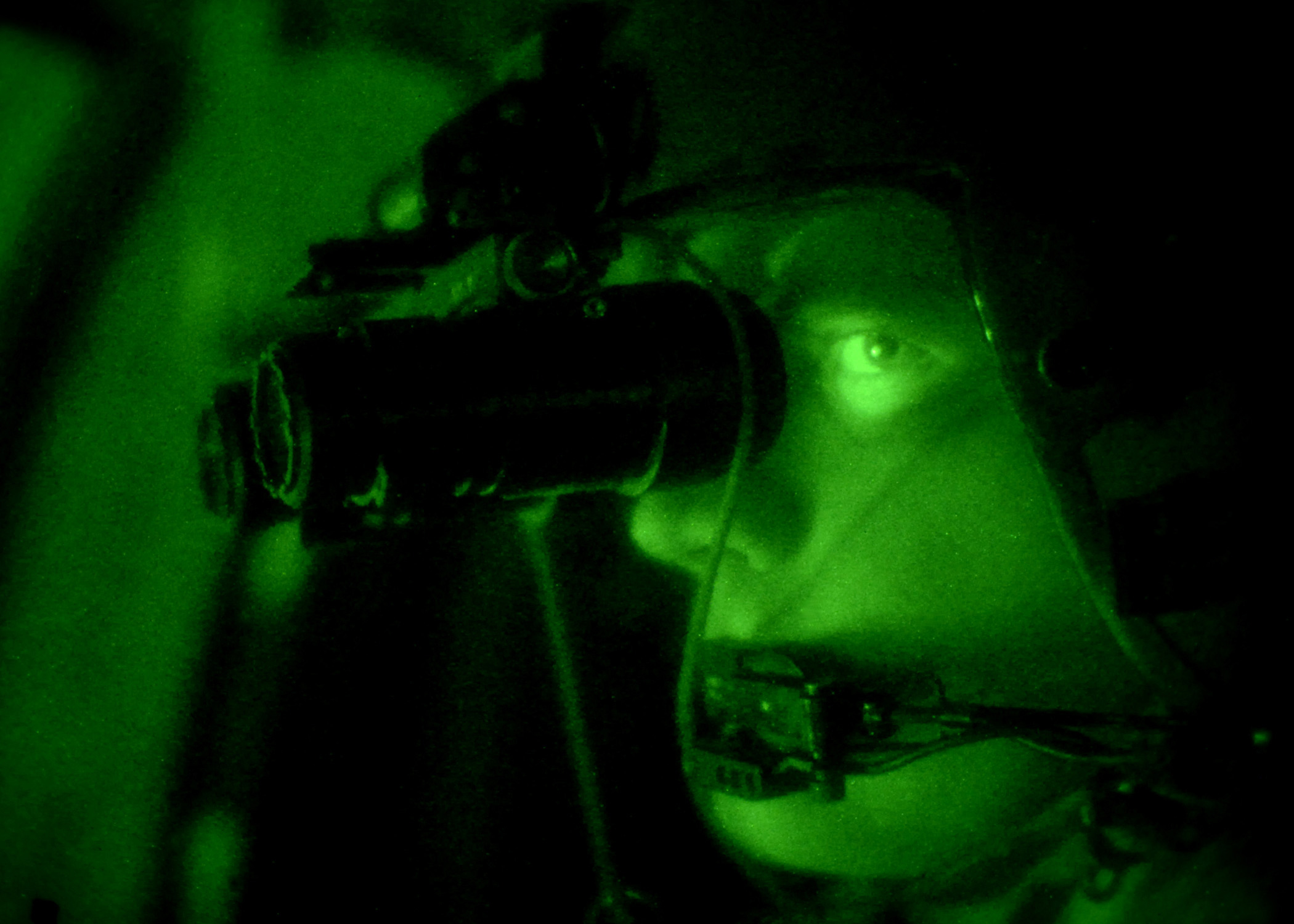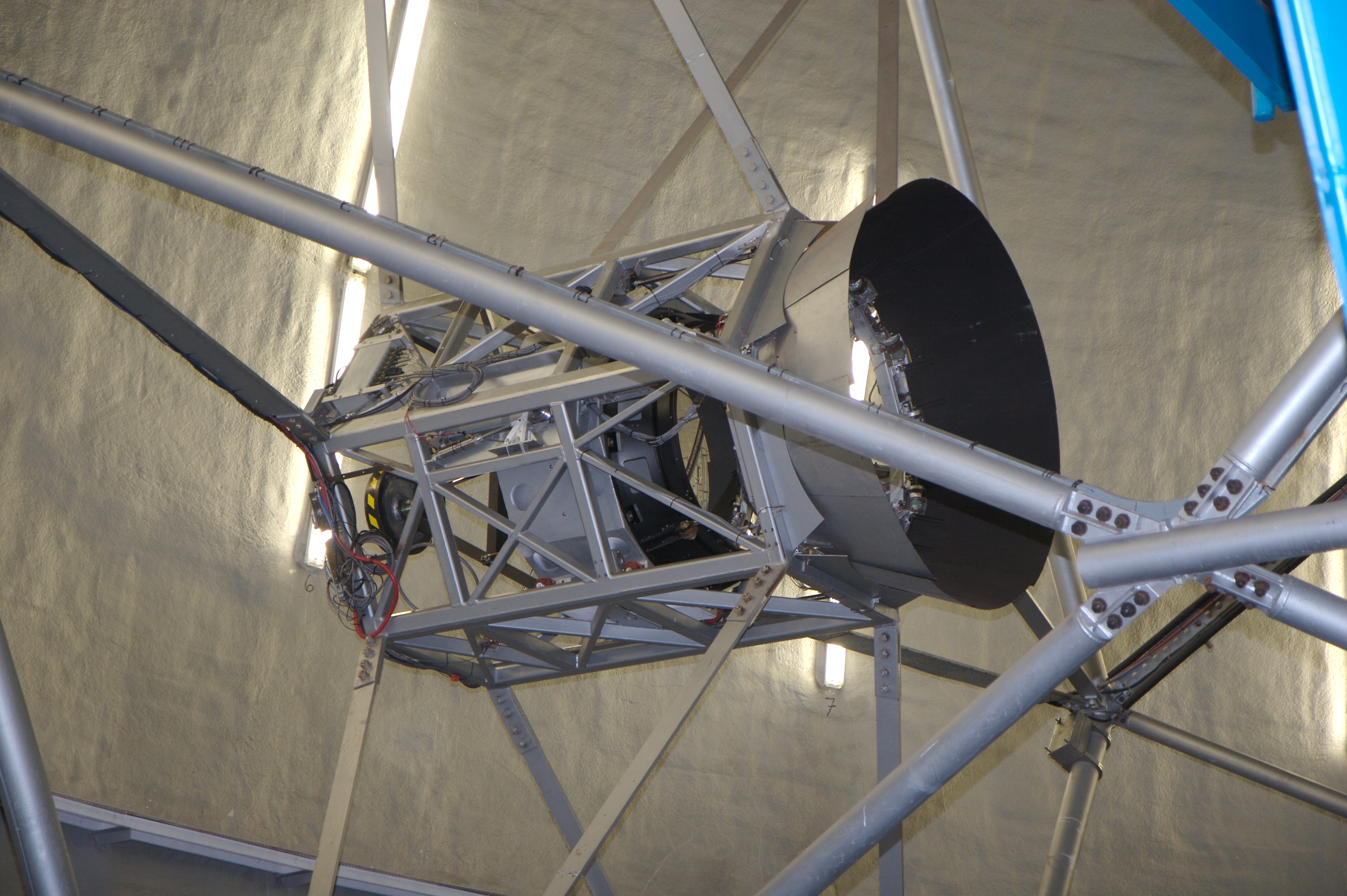|
1PN51-2
1PN51-2 ( rus, 1ПН51-2) is the GRAU index for a Soviet designed passive night scope for the RPG-29 rocket launcher. ''1PN'' is the GRAU index of night vision devices, where PN stands for ''Nochnoy Pritsel'' ( rus, Ночной прицел) meaning night sight. The scope weighs 2.1 kg and measures 280 mm × 192 mm × 106 mm (length × height × width). It is thus more compact than the similar multi-model 1PN51 night vision scope. It is attached onto a matching side rail on the RPG after which a lever on the scope is pressed to hold it in place. It comes in a metal container with room for extra batteries, battery charger and the other accessories, weighing 6.45 kg in total. Optics The scope gathers light via an 80 mm aperture into a reflector with the secondary mirror obscuring the central 42 mm of the aperture. The top of the scope has two perpendicular knobs for zeroing the sight. The aperture cover itself has two 12 mm apertures that ... [...More Info...] [...Related Items...] OR: [Wikipedia] [Google] [Baidu] |
Night Vision Device
A night-vision device (NVD), also known as a night optical/observation device (NOD), night-vision goggle (NVG), is an optoelectronic device that allows visualization of images in low levels of light, improving the user's night vision. The device enhances ambient visible light and converts near-infrared light into visible light which can be seen by the user; this is known as I2 ( image intensification). By comparison, viewing of infrared thermal radiation is referred to as thermal imaging and operates in a different section of the infrared spectrum. A night vision device usually consists of an image intensifier tube, a protective housing, and may have some type of mounting system. Many NVDs also include a protective sacrificial lens, mounted over the front lens (ie. objective lens) on NVDs to protect the latter from damage by environmental hazards and some can incorporate [...More Info...] [...Related Items...] OR: [Wikipedia] [Google] [Baidu] |
1PN51
1PN51 ( rus, 1ПН51) is the GRAU index for a Soviet designed passive night scope for a range of Soviet designed small arms and grenade launchers. ''1PN'' is the GRAU index of night vision devices, where PN stands for ''Nochnoy Pritsel'' ( rus, Ночной прицел) meaning night sight. The scope weighs 2.1 kg and measures 276 mm × 210 mm × 140 mm (length × height × width). It is attached onto a matching side rail on the weapon after which a lever on the scope is pressed to hold it in place. The 1PN51 comes in a metal container with room for extra batteries, battery charger and the other accessories, weighing 6.45 kg in total. Optics The scope gathers light via an 80 mm aperture into a reflector with the secondary mirror obscuring the central 42 mm of the aperture. For zeroing the sight the top of the scope has two perpendicular knobs, of which the elevation knob has a detachable scale. The scope comes with eight different, detachable elev ... [...More Info...] [...Related Items...] OR: [Wikipedia] [Google] [Baidu] |
1PN58
1PN58 ( rus, 1ПН58) is the GRAU index for a Soviet designed passive night scope for a range of Soviet designed small arms and grenade launchers. ''1PN'' is the GRAU index of night vision devices, where PN stands for ''Nochnoy Pritsel'' ( rus, Ночной прицел) meaning night sight. It is also called NSPUM ( rus, НСПУМ). or NSPU-1. The 1PN58 was introduced into Soviet service in the early 1970s and is still used by many of the Soviet Union's successor states, and has been used in numerous conflicts around the world. Details The 1PN58 gathers light into a refractor which can be protected with an aperture cover. The center of the cover has a circular aperture with dark glass allowing the scope to be used in light conditions that would otherwise saturate the light intensifier. For zeroing the sight the left side of the scope has two perpendicular knobs, of which the elevation knob has a detachable scale. The scope comes with seven different, detachable elevation scales, ... [...More Info...] [...Related Items...] OR: [Wikipedia] [Google] [Baidu] |
RPG-29
The RPG-29 "Vampir" (Russian for "vampire") is a Soviet reusable rocket-propelled grenade (RPG) launcher. Adopted by the Soviet Army in 1989, it was the last RPG to be adopted by the Soviet military before the fall of the Soviet Union in 1991. The RPG-29 has since been supplemented by other rocket-propelled systems, such as the RPG-30 and RPG-32. The RPG-29 has been implicated in an attack on the British Challenger 2 tanks in Iraq, and in attacks on Israeli Merkava tanks in Lebanon, which breached the tanks' armor and in some cases injured or killed crew members. Description The RPG-29 is a shoulder-fired, unguided, tube-style, breech-loading anti-tank rocket system with a range of 500 meters. The light weapon is designed to be carried and used by one soldier. Atop the launch tube is a 2.7× 1P38 optical sight. When launched, the missile deploys eight fins as the rocket leaves the launcher, stabilizing the rocket during flight, up to a range of 500 meters. Three warhead ... [...More Info...] [...Related Items...] OR: [Wikipedia] [Google] [Baidu] |
GRAU Index
The Main Missile and Artillery Directorate of the Ministry of Defense of the Russian Federation (), commonly referred to by its transliterated Russian acronym GRAU (), is a department of the Russian Ministry of Defense. It is subordinate to the Chief of Armament and Munition of the Russian Armed Forces, a vice-minister of defense. The organization dates back to 1862 when it was established under the name Главное артиллерийское управление (ГАУ – GAU). The "R" from "rockets" was added to the title in 1960. In particular, the GRAU is responsible for assigning GRAU indices to Russian army munitions and equipment. Arsenals of the GRAU, according to Kommersant-Vlast in 2005, include the 60th at Kaluga, the 55th at Rzhev, the 75th at Serpukhov south of Moscow, (all three in the Moscow Military District) and the 80th at Gagarskiy, the 116th at Krasno-Oktyabrskiy and the 5th, all in the Volga–Urals Military District.Kommersant-Vlast, Vys Rossi ... [...More Info...] [...Related Items...] OR: [Wikipedia] [Google] [Baidu] |
Aperture
In optics, an aperture is a hole or an opening through which light travels. More specifically, the aperture and focal length of an optical system determine the cone angle of a bundle of rays that come to a focus in the image plane. An optical system typically has many openings or structures that limit the ray bundles (ray bundles are also known as ''pencils'' of light). These structures may be the edge of a lens or mirror, or a ring or other fixture that holds an optical element in place, or may be a special element such as a diaphragm placed in the optical path to limit the light admitted by the system. In general, these structures are called stops, and the aperture stop is the stop that primarily determines the ray cone angle and brightness at the image point. In some contexts, especially in photography and astronomy, ''aperture'' refers to the diameter of the aperture stop rather than the physical stop or the opening itself. For example, in a telescope, the aperture ... [...More Info...] [...Related Items...] OR: [Wikipedia] [Google] [Baidu] |
Secondary Mirror
A secondary mirror (or secondary) is the second deflecting or focusing mirror element in a reflecting telescope. Light gathered by the primary mirror is directed towards a focal point typically past the location of the secondary. Secondary mirrors in the form of an optically flat ''diagonal mirror'' are used to re-direct the light path in designs such as Newtonian reflectors. They are also used to re-direct and extend the light path and modify the final image in designs such as Cassegrain reflectors. The secondary is typically suspended by X-shaped struts (sometimes called a "spider") in the path of light between the source and the primary, but can be mounted on other types of mounts or optical elements such as optical windows, or schmidt and meniscus corrector plates. Employing secondary mirrors in optical systems causes some image distortion due to the obstruction of the secondary itself, and distortion from the spider mounts, commonly seen as cross-shaped diffraction spikes ... [...More Info...] [...Related Items...] OR: [Wikipedia] [Google] [Baidu] |
Reticle
A reticle, or reticule also known as a graticule, is a pattern of fine lines or markings built into the eyepiece of an optical device such as a telescopic sight, spotting scope, theodolite, optical microscope or the screen of an oscilloscope, to provide measurement references during visual inspections. Today, engraved lines or embedded fibers may be replaced by a digital image superimposed on a screen or eyepiece. Both terms may be used to describe any set of patterns used for aiding visual measurements and calibrations, but in modern use ''reticle'' is most commonly used for weapon sights, while ''graticule'' is more widely used for non-weapon measuring instruments such as oscilloscope display, astronomic telescopes, microscopes and slides, surveying instruments and other similar devices. There are many variations of reticle pattern; this article concerns itself mainly with the most rudimentary reticle: the crosshair. Crosshairs are typically represented as a pair of perp ... [...More Info...] [...Related Items...] OR: [Wikipedia] [Google] [Baidu] |
Military Electronics Of Russia
A military, also known collectively as armed forces, is a heavily armed, highly organized force primarily intended for warfare. It is typically authorized and maintained by a sovereign state, with its members identifiable by their distinct military uniform. It may consist of one or more military branches such as an army, navy, air force, space force, marines, or coast guard. The main task of the military is usually defined as defence of the state and its interests against external armed threats. In broad usage, the terms ''armed forces'' and ''military'' are often treated as synonymous, although in technical usage a distinction is sometimes made in which a country's armed forces may include both its military and other paramilitary forces. There are various forms of irregular military forces, not belonging to a recognized state; though they share many attributes with regular military forces, they are less often referred to as simply ''military''. A nation's military may f ... [...More Info...] [...Related Items...] OR: [Wikipedia] [Google] [Baidu] |




